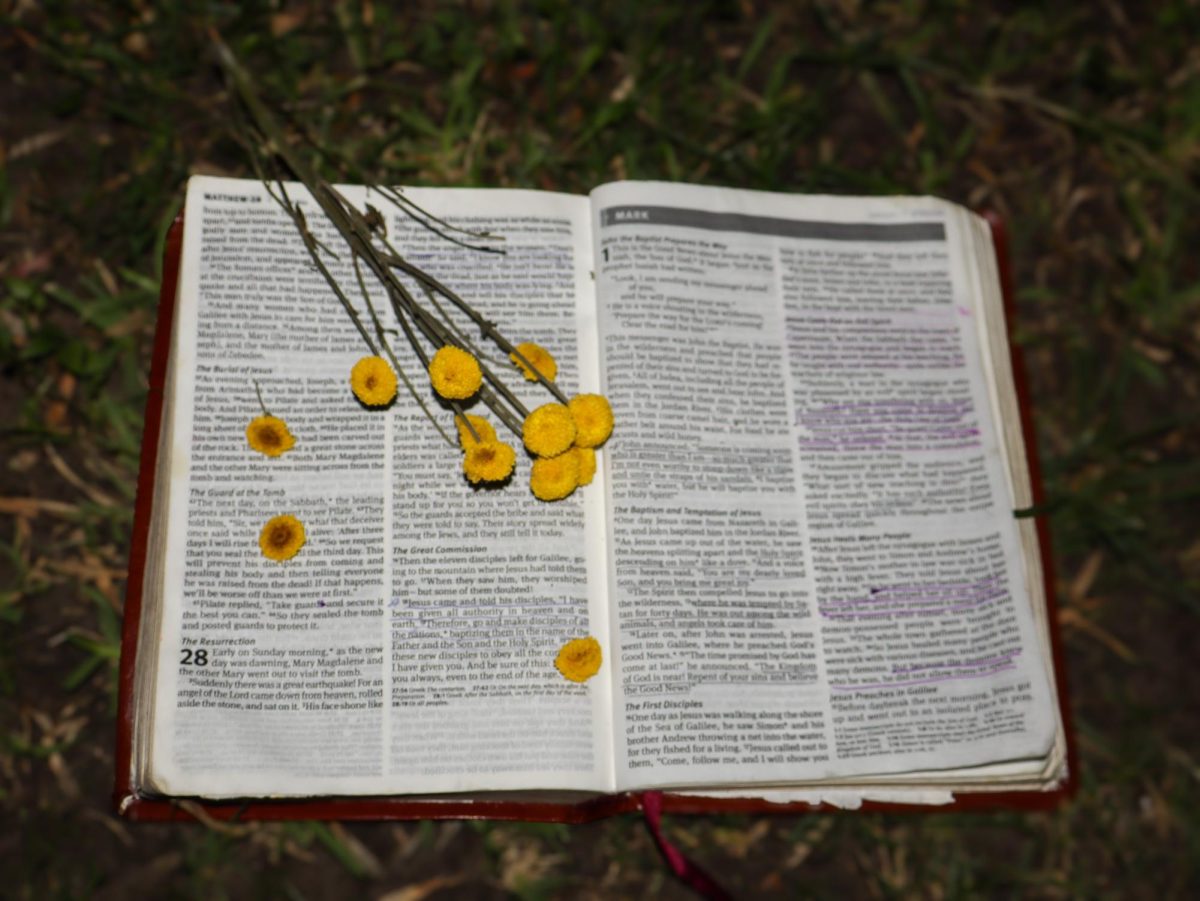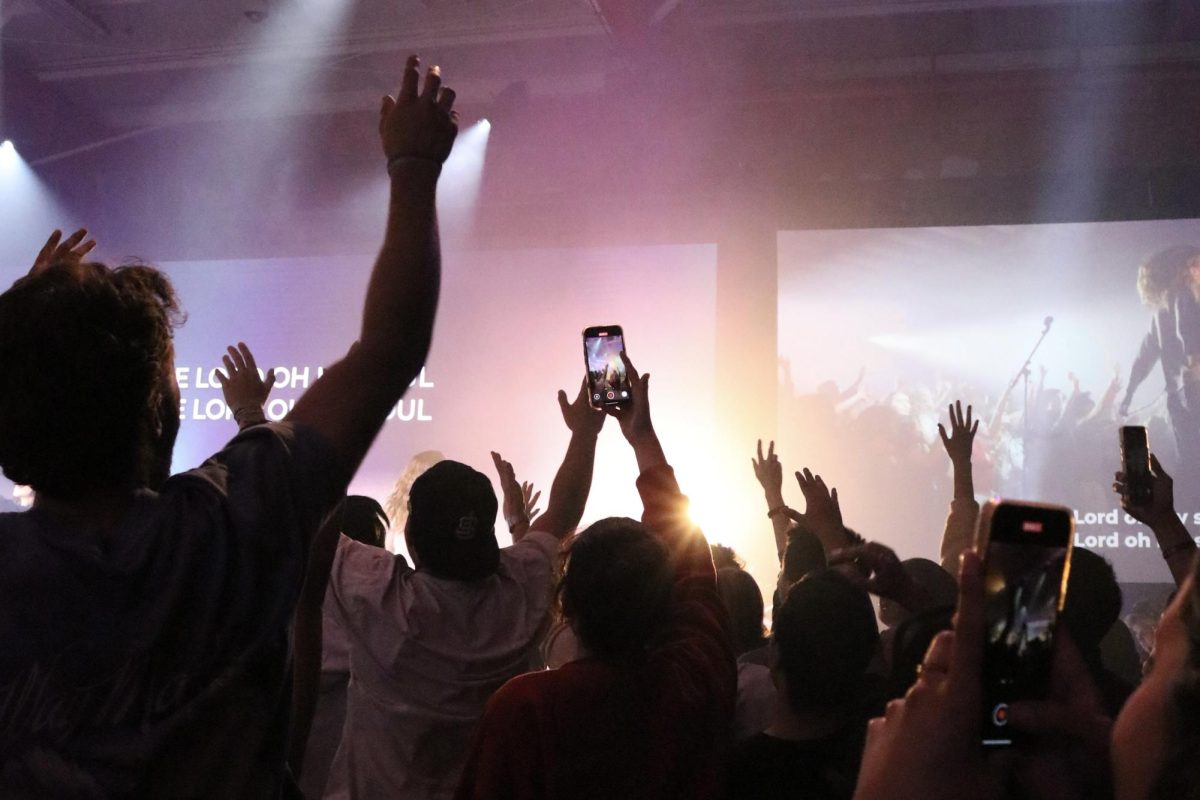Dear president Barry Corey,
Having been delighted to hear you speak on this campus throughout the years, I have noticed something about you which I’ve grown to admire. You love stories. Every time you speak, be it in chapel, convocation or at a special address, you lace your time on the platform with stories.
I get that. In fact, I took this job as the opinions editor of the Chimes because I love stories, too. Over the past year, I’ve spent time each week asking, “Whose story is not getting told?”
Communication theorist Walter Fisher would affirm our love for stories, Dr. Corey. He refers to people as “Homo narrans.” He thinks we are all storytellers.
Three semesters ago, you looked this campus in the eye and told us that a conversation would continue despite your decisions — particularly, here, your decisions regarding the Jesus Mural. But a year and a half has gone by since your public address on Sept. 22, 2010.
Now, some of your decisions were enacted in the three semesters of silence. The mural was refurbished over the summer, the Caf grass mound is now adorned with an olive tree and a Mediterranean rockscape, the Mosaic Multicultural Center is slated to find its home this coming fall and just last Wednesday, May 2, the task force began talks to identify locations and to commission additional art across campus.
I am particularly excited to know that, as the Year of the Arts comes to a close, we are discussing how to enhance the aesthetics of this campus. It’s important that we discover new ways to express worship to God, such as through additional displays of public art. We are blessed with an incredible art department; they have stories to tell us.
I know you to be a man of your word, Dr. Corey, and so none of this surprises me. Additionally, I want to give you the benefit of the doubt for those decisions not yet executed. One comes to mind: You promised a plaque. You said that we, as a campus, would publicly confess that this is a point of pain, that visitors and prospective students alike would be introduced to the discussion we had two years ago. We would raise an ebenezer, as it were, confessing to God and to each other — and to a watching world — that we need God’s help.
That day last September was a good start. I remember a couple stories that were shared that day. The then-AS multicultural relations director, Alain Datcher told his story. “This member of the body feels wounded,” Datcher admitted. “Will you choose to hurt with me?”
Dr. Corey, Datcher’s words still haunt me. What struck me then and follows me now is that he has a story to share, too. Once, I thought the only way for the mural to hurt someone was if Jesus dropped the Bible on an innocent passerby. But Datcher spoke of a different hurt. It’s a hurt that I can’t see, but I can hear. And he asked me to listen — he asked all of us to listen.
And I’ve been waiting. For three semesters, I’ve been waiting to hear more stories like Datcher’s. This isn’t a suggestion that we give voice to those in pain just to trivialize or champion them or their pain — no one appreciates seeing wounds worn like medals. But their pain shouldn’t be hidden, either. In any narrative, it’s the scenes of pain that make the storyline compelling.
Dr. Corey, on Sept. 22, 2010, you told us that your “decisions are not chapter closers” — but silence is. That was a year and a half ago. Many involved in that conversation have graduated and left; many more are finishing the Biola chapter of their life story.
The thing about narratives and those in power, they hold the pen. Dr. Corey, if this conversation is going to continue publicly, we as a campus need you to begin. If we are to celebrate the spectrum of diversity — in ethnicity, experience and perspective — represented on this campus, you must be the one to give voice to their stories. If the conversation is to continue, president Corey, place the pen in the hand of those who normally don’t have the opportunity to share their voice. Don’t silence the next chapter.






